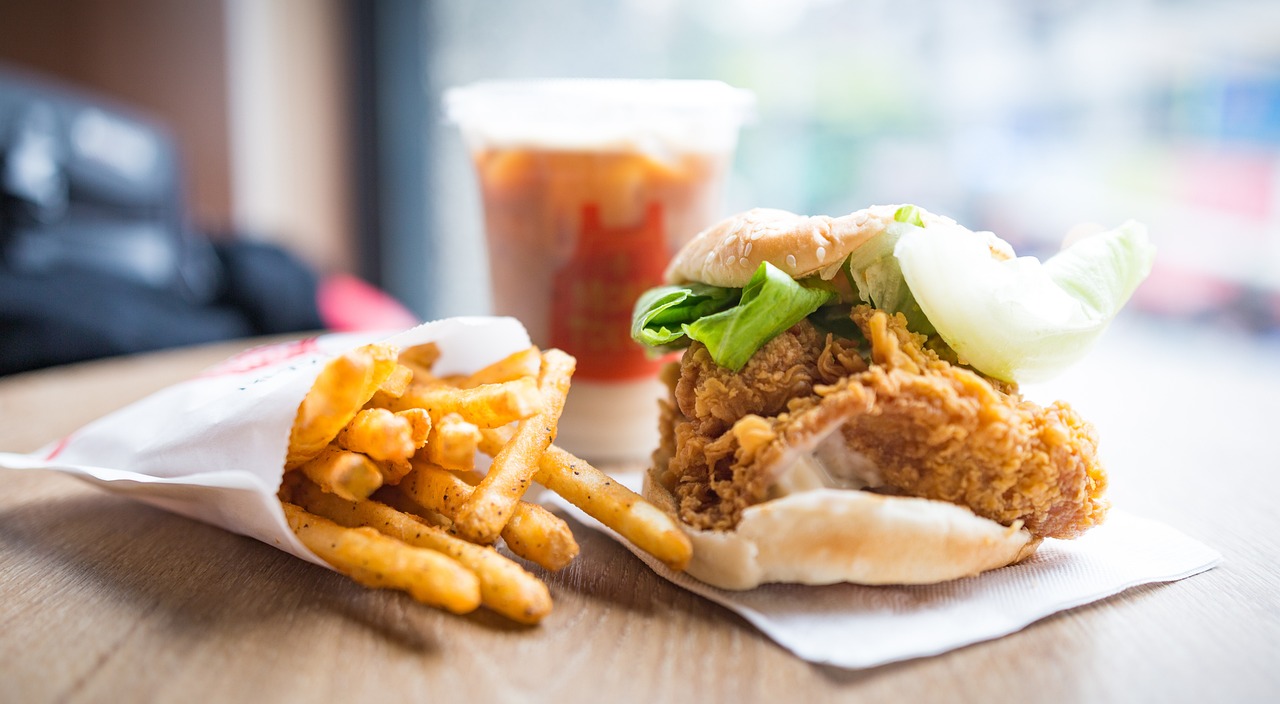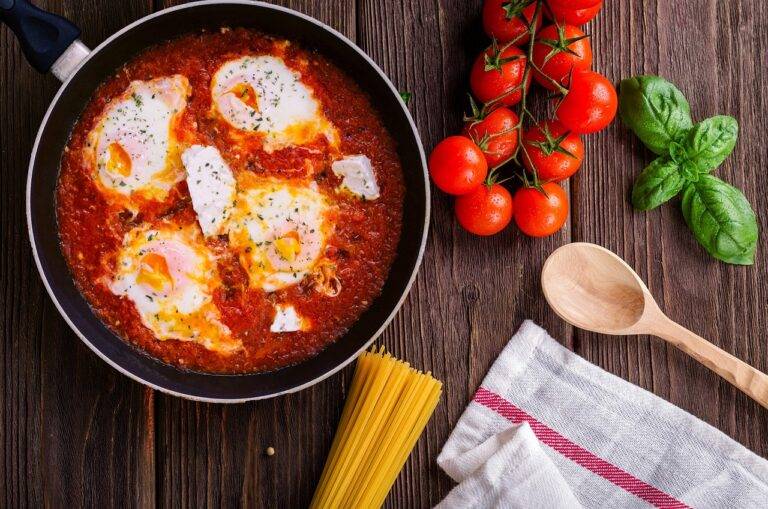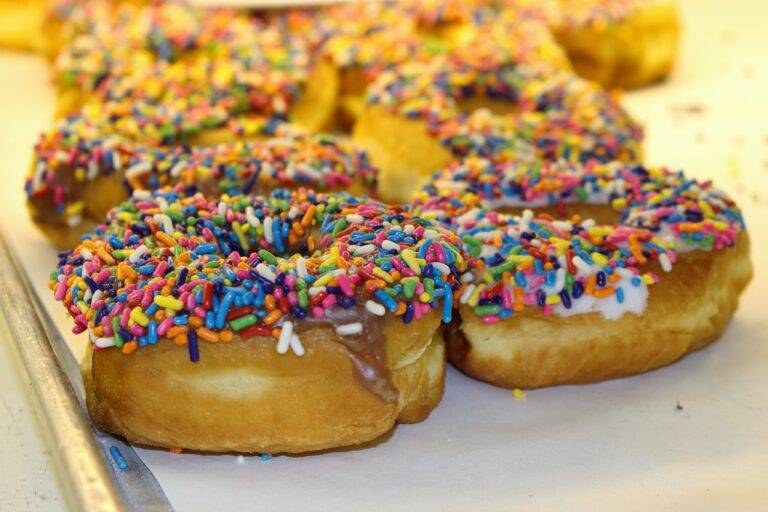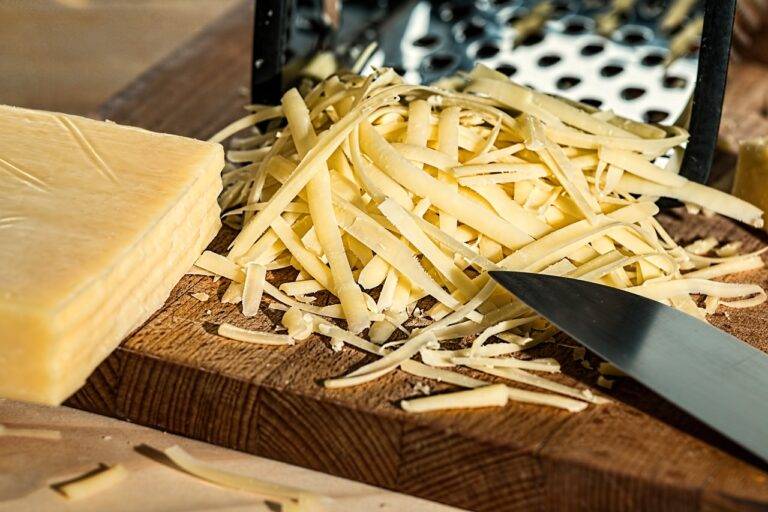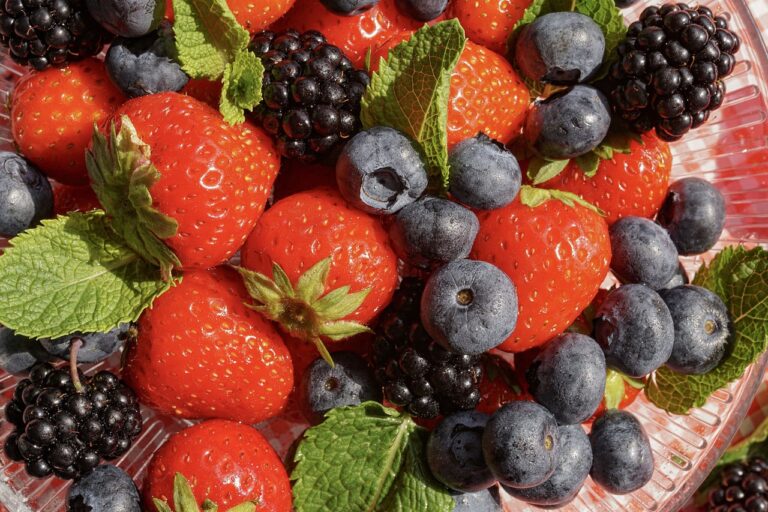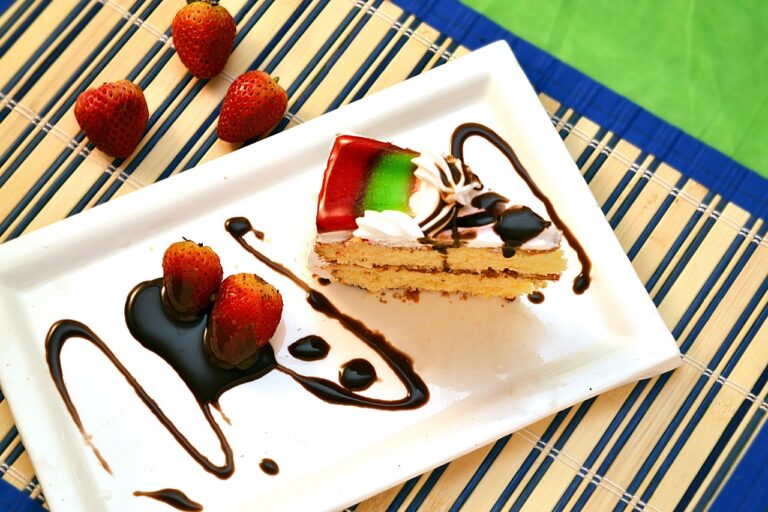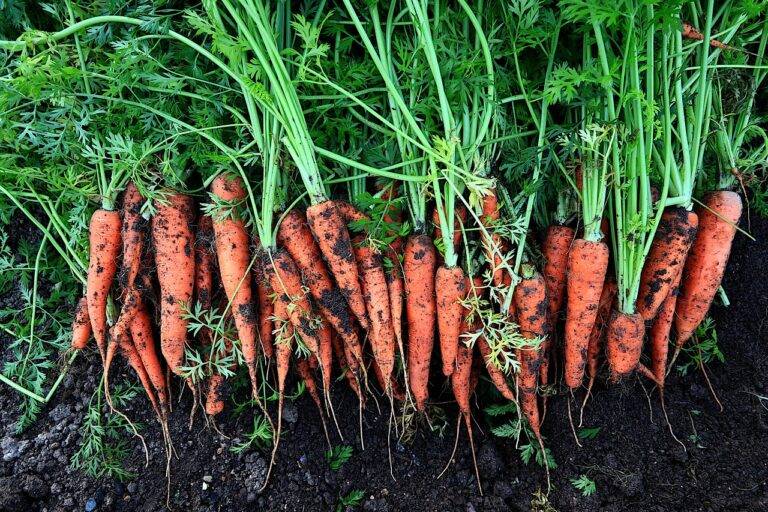Decoding the Art of Food Styling for Instagram-Worthy Shots
Whether you’re a chef at a high-end restaurant or a home cook preparing a family dinner, the way you present your food plays a vital role in how it is perceived and enjoyed. Food presentation is not just about making a dish look visually appealing; it goes beyond aesthetics and influences the overall dining experience. When a dish is presented thoughtfully and artistically, it not only stimulates the appetite but also enhances the flavors and textures of the food.
The way a dish is arranged on a plate, the colors and textures used, and the presentation of garnishes all contribute to the overall appeal of the food. A well-presented dish shows care and attention to detail, indicating to the diner that effort has been put into creating the meal. This attention to presentation can elevate a simple dish into a culinary masterpiece, leaving a lasting impression on those who enjoy it. It’s not just about making food look pretty; it’s about creating an experience that engages all the senses and makes dining a memorable occasion.
Choosing the Right Props
Selecting the proper props can elevate the presentation of food, adding depth and aesthetic appeal to the overall visual experience. When choosing props, consider the style and theme you wish to convey. For a rustic look, opt for wooden boards, vintage utensils, or earthy textiles. Alternatively, sleek and modern props such as minimalist plates or metallic accents can enhance a contemporary presentation.
It’s essential to strike a balance between the props and the food itself. Props should complement the dish without overwhelming it. Additionally, consider the color palette and textures of both the food and props to ensure harmony in the presentation. By carefully choosing the right props, you can enhance the visual appeal and create a cohesive and inviting dining experience.
Utilizing Natural Lighting
Natural lighting can significantly enhance the visual appeal of food photography. When capturing food images, it is essential to position your setup near a window or source of natural light. The soft and diffused light that comes through the window can beautifully highlight the textures and colors of the food, creating a more appetizing and inviting look.
By employing natural lighting in your food photography, you can also achieve a more natural and authentic feel in the images. The soft shadows and gentle highlights that natural light creates can add depth and dimension to the photograph, making the food appear more appealing and delectable. Additionally, natural light helps to showcase the freshness and vibrancy of the ingredients, making the overall composition more visually appealing.
• Natural lighting can enhance the visual appeal of food photography
• Position setup near a window or natural light source for best results
• Soft and diffused light highlights textures and colors of food
• Achieve a more natural and authentic feel in images with natural lighting
• Soft shadows and gentle highlights add depth and dimension to photographs
• Showcase freshness and vibrancy of ingredients with natural light
Why is natural lighting important when it comes to food photography?
Natural lighting helps to enhance the colors of the food, creates a more natural and appealing look, and reduces the need for artificial editing.
How can I make the most of natural lighting for my food photography?
Position your food near a window or outside to capture the best natural light, experiment with different angles and times of day to find the most flattering lighting.
What are some tips for choosing the right props for food photography?
Select props that complement the colors and textures of the food, keep the props simple to avoid distracting from the main subject, and use props that help tell a story or create a mood.
How can I improve the presentation of my food in photographs?
Focus on plating the food in an attractive and appetizing manner, pay attention to details like garnishes and sauces, and use simple backgrounds to allow the food to stand out.
What are some common mistakes to avoid when utilizing natural lighting for food photography?
Avoid shooting in direct sunlight, as it can create harsh shadows, be mindful of changing light conditions throughout the day, and use diffusers or reflectors to soften harsh lighting.

